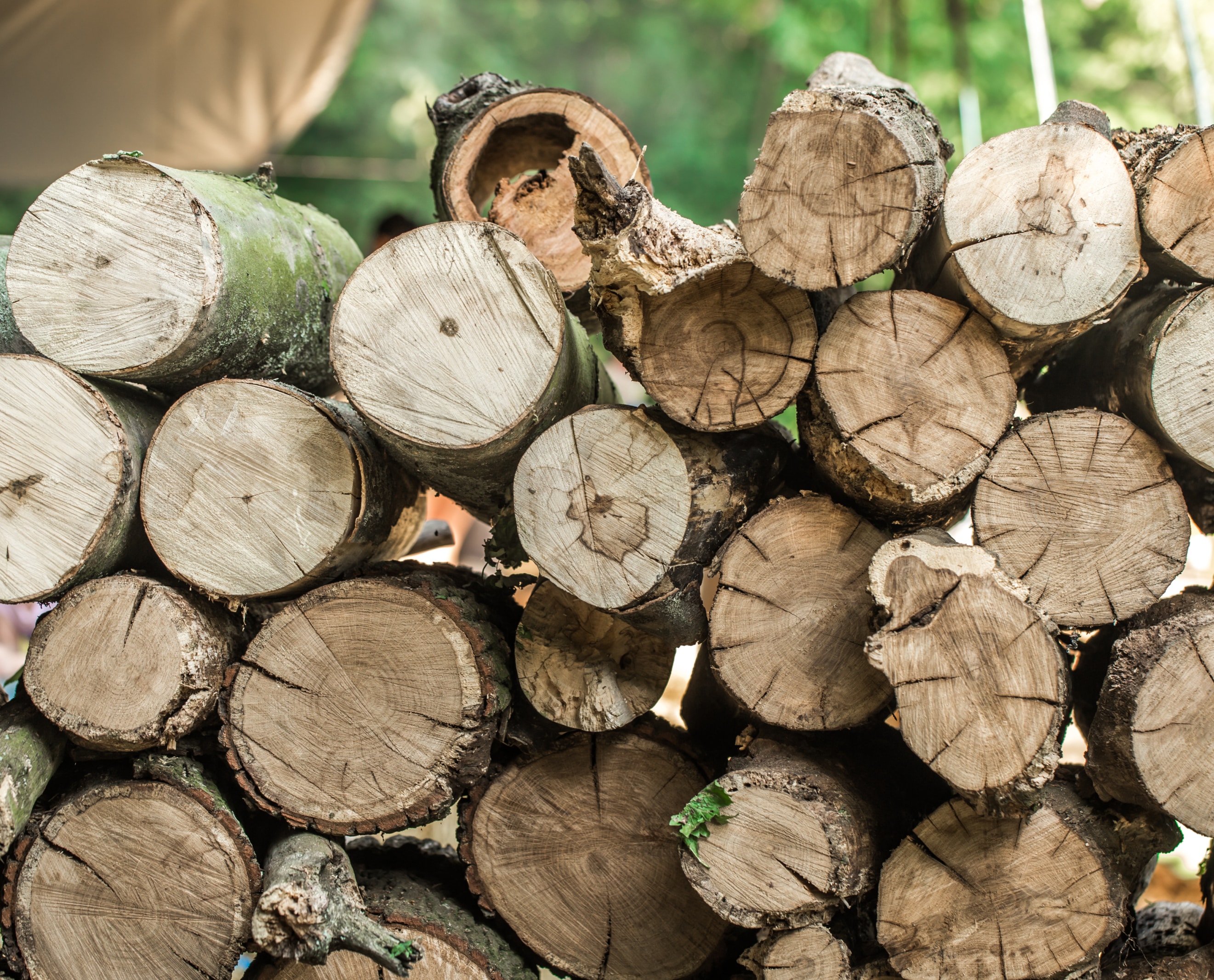Fresh wood insects and dry wood insects

Wood has a complex structure. Each species of wood, whether hardwood or softwood, has a different wood plan and a different chemical composition composition. Wood is biodegradable. Its organic composition makes it sensitive to destructive biological agents and makes it palatable in relation to certain elements in its composition:
- Cellulose,
- A natural polymer of glucose,
- Lignin,
- Starch,
- Protein sources.
Natural wood is therefore subject to attack by biological agents. These biological agents are :
- Wood-eating insects and
- Lignivorous fungi
These biological agents are different for fresh and dry wood.
Fresh wood is defined as logs. Wood is dry when its moisture content is between 7% and 18% (wood in use).
Fresh wood insects
These insects lay their eggs on freshly felled logs. They develop in wood with a high moisture content, >50%. They continue their life cycle in wood that has become dry and is used until the adult insects fly away and can no longer lay their eggs on the same wood that has become “dry”. The risk is therefore limited.
Dry wood insects
These insects deposit larvae which then develop in the sapwood, but are also capable of reaching the perfect wood of non-hardwood species.
Heartwood that is naturally resistant, except to termites, loses its durability against insects if it has been previously degraded by wood-eating fungi and if it has been exposed for a long time to abnormal humidity conditions.
The most common dry wood insects in southern Europe are :
- Coleoptera
- isoptera, including termites,
- Hymenoptera.